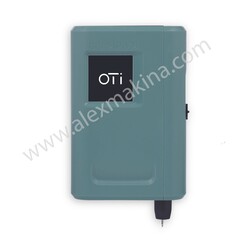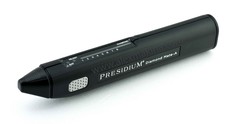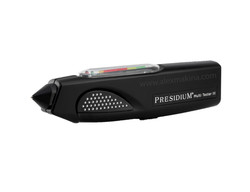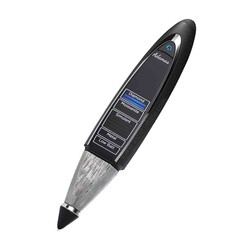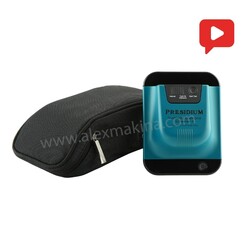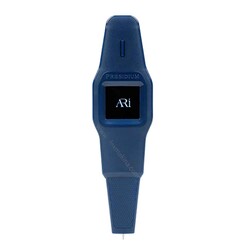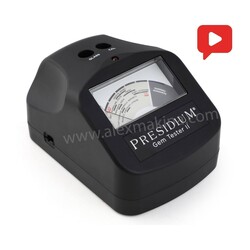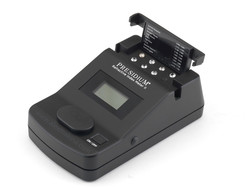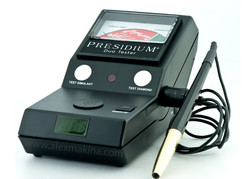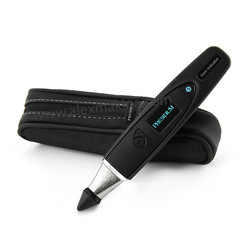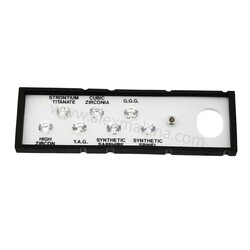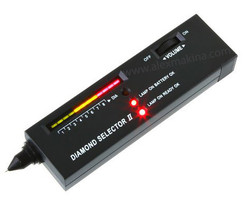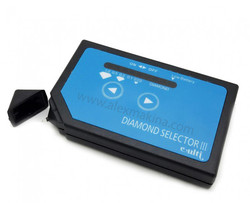Synthetic Diamond Tester
It was in the late 1940s that commercial treating - with the use of High Pressure High Temperature (HPHT) – was utilized to alter the original color of a diamond. With this groundbreaking procedure, stones with a brown or gray hue could now be turned to a colorless or almost colorless state. While the development of this technology was considered a revolutionary step in science, it made things complicated in the jewelry industry. This was because the development made it difficult to separate actual diamonds with altered diamonds. One could only differentiate the two with a specially designed tool; a synthetic diamond tester.
Generally speaking, a treated stone must have a laser inscription. This would let a jeweler know that the stone has been treated. However, some stones do not carry this laser inscription. If it goes unnoticed or a jeweler makes the wrong decision, it will significantly impact the grading and valuation of the stone. Due to this, a gemologist must have a functional synthetic diamond tester to differentiate the diamonds.
What is a Synthetic Diamond Tester?
A synthetic diamond tester is a portable device that can identify if a diamond is real. They are generally small enough to fit in a pocket and feature a small tip on which the stone must be placed. After a brief analysis, the synthetic diamond tester will indicate if it is real or not. Some forms of synthetic diamond tester indicate using a display while others give out a sound signal.
Why You Must Consider the Presidium Synthetic Diamond Tester
Since its release, the Presidium synthetic diamond tester has been considered one of the best diamond testers around. It assists jewelers in identifying colorless Type IIa diamonds - which are most often synthetic and created through HPHT and CVD (chemical vapor deposition). The Presidium synthetic diamond tester uses deep UV light to determine if a diamond has been treated – Type IIa and Type Ia diamonds absorb differing levels of UV rays. The former has a lower absorption rate and lets more UV light pass through than the latter. This difference allows the Presidium synthetic diamond tester to root out the replica diamond.
The diamond tester is powered by 4 alkaline batteries and includes a USB port and a Presidium Universal USB Power Adaptor for alternate charging and connectivity. Users are alerted to the reading through the indicator light bars. There are 2 color coded indicators – the blue indicator signals a natural diamond while the red light indicates a Type IIa Diamond.
Benefits of a Presidium synthetic diamond tester
- Screens Type IIa diamonds from lab grown diamonds
- Can test diamonds from 1.5mm (width) up to 5mm (height). This is approximately 0.02 – 10 carats.
- Compatible with a range of polished diamonds including baguette cut, emerald cut, brilliant round cut, and more. It is basically compatible with all gemstones as long as they have a flat surface.
- Compatible with both mounted and loose diamonds
- Can be used on colorless diamonds – D to J color
The Importance of a Synthetic Diamond Testing Machine
A synthetic diamond testing machine is used routinely by jewelers to verify if a diamond is authentic or not. If a person brings in a diamond to sell or exchange for another gem, the jewelry store must be able to confirm if that stone is real. The difference is not always obvious. A diamond tester is needed for other situations too. For example, if a jeweler is repairing jewelry, they will need to know what stone they are repairing because different stones have different stress, pressure, and heat levels. Customers will also be pleased to see that you test their stones right before you hand it over because this will reaffirm that it is the same stone they gave you.
A synthetic diamond testing machine is among the more accurate tools today to confirm the authenticity of a diamond. However, when purchasing a diamond tester, do keep in mind that a tester that relies on thermal conductivity has a tendency to confuse moissanite for diamonds – this is because the two behave similarly when it comes to thermal conductivity. Due to this, a device that utilizes electrical conductivity is a much better synthetic diamond testing machine – moissanite and diamonds aren’t similar here. At Alex Makina, you can find a range of high-end and most importantly, reliable diamond testers that can allow jewelers to easily determine if they are holding a fake diamond or a true unaltered diamond.
